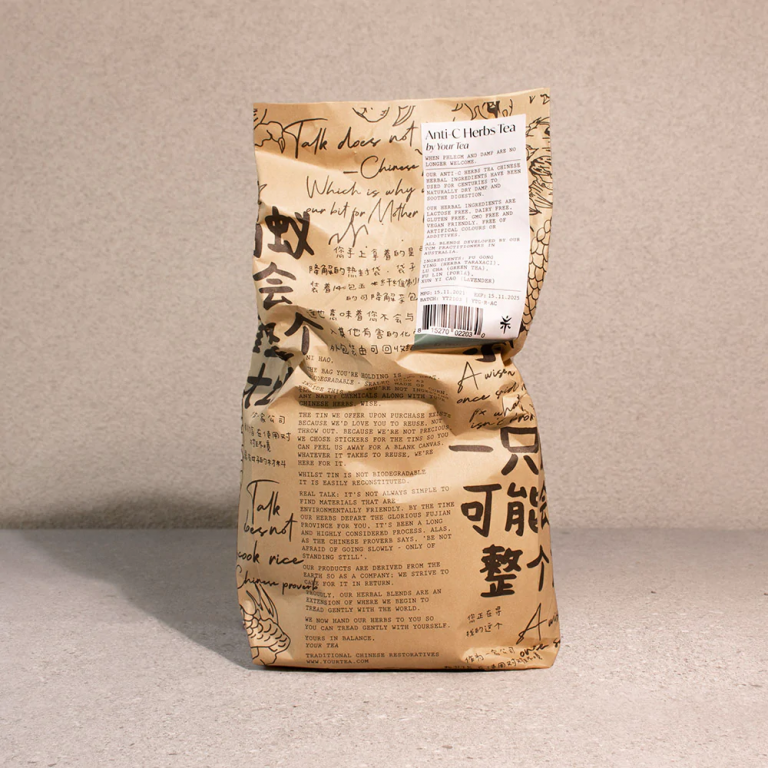DAMP. Let’s get literal.
You have probably seen us use this word often; yet what does it actually look and feel like in the human body?
To start, you can take the word ‘damp’ quite literally. Imagine a damp cloth; not quite dry, not quite full of water. Imagine being in a damp room, where mold can easily grow, the air is thick and difficult to breathe and the air flow/circulation is low.
We can more or less translate this to the human body when we speak about ‘damp’ as a condition in TCM.
Now that you have visual, let’s talk about damp from a Traditional Chinese Medicine (TCM) perspective.
According to TCM, dampness may be accumulated via two difference avenues. One being internal, the other being external.
External factors that may contribute to the accumulation or aggravation of damp is said to be humid weather. According to Letha Hadady, “humid weather tends to slow down the digestive qi, making us feel hazy, lazy and phlegmy”.
On the flip side, we have internal factors – primarily the foods we eat.
According to Letha Hadady, “mucus producing foods such as sweets, oils and dairy will slow down the digestive system”. The reason being? “They require digestive acids and enzymes for a longer period than simple sugars”.
The foods that will aggravate/produce damp in the body are said to be; too much cheese, pasta, nuts and too many sweets. As well as damp, these foods are said to cause bloating, fatigue, indigestion pain and phlegm.
With the above said, let’s look at some visual signs that your body may be dealing with dampness.
According to Letha Hadady, dampness in the body can physically manifest as, “gaining of excess weight, the production of cellulite, acne and problems with mental clarity”.
Diet is a vital component of controlling and/or eliminating damp, as mentioned above.
To support the body in clearing damp, our Anti-C Herbs Tea was designed for exactly this; draining damp from the body.
Yours in clearing damp,
Your Tea
Traditional Chinese Restoratives
Image via Pinterest.






